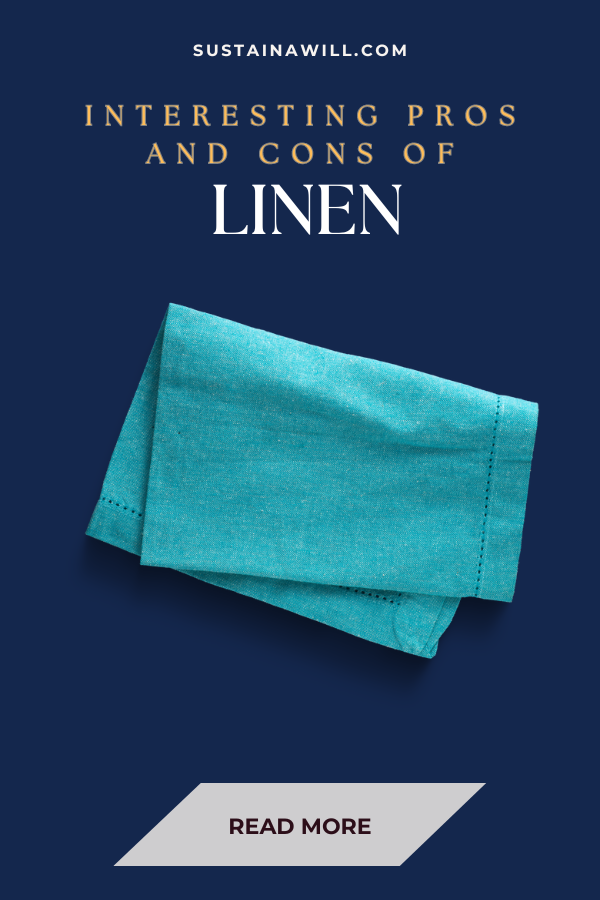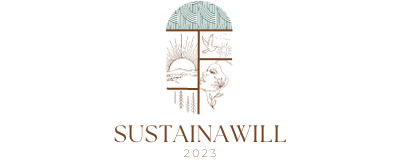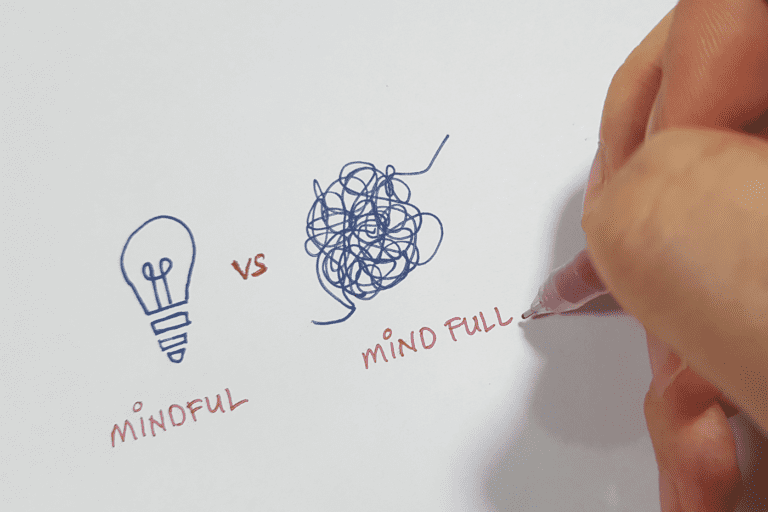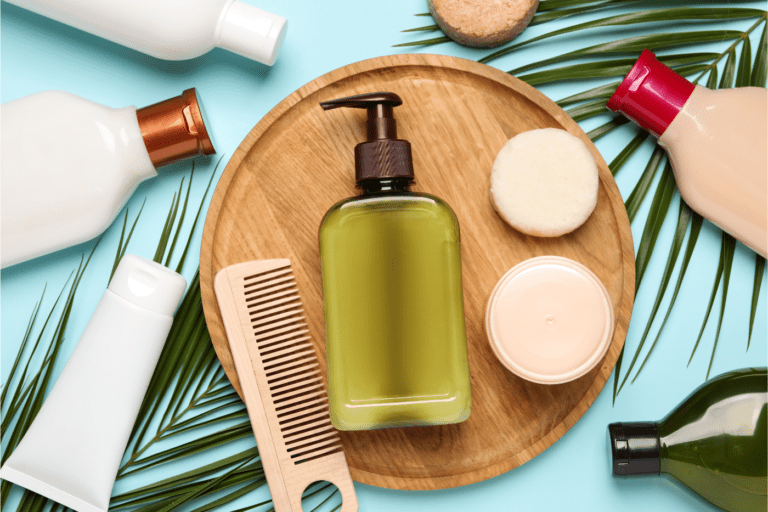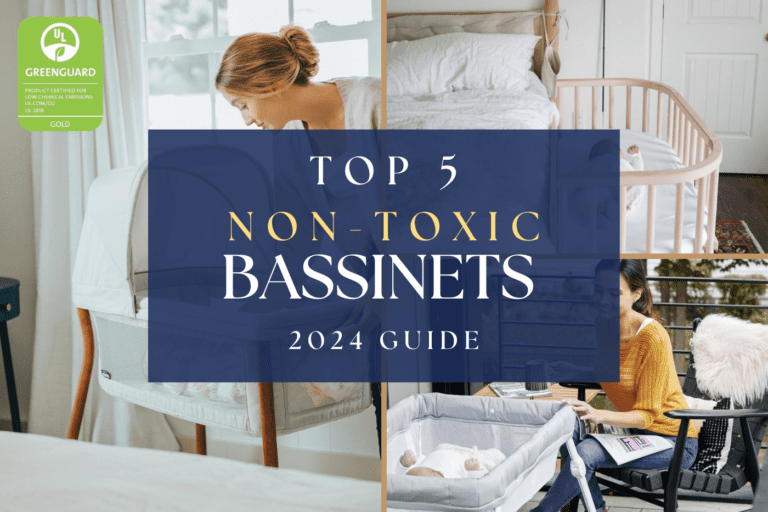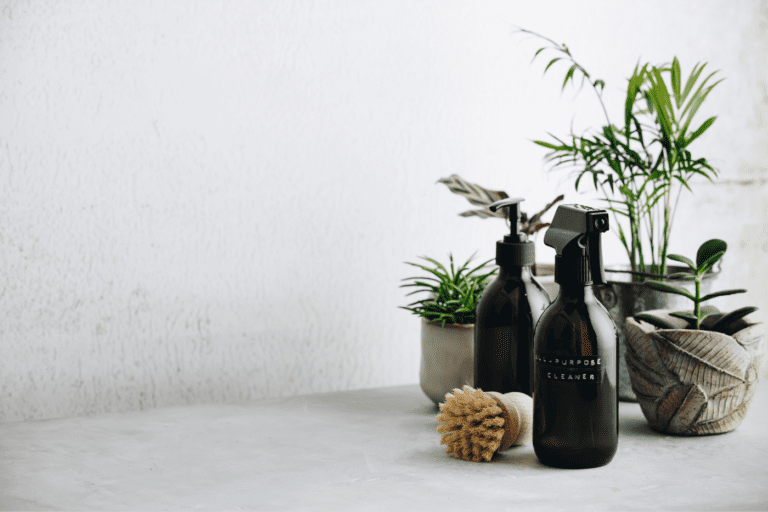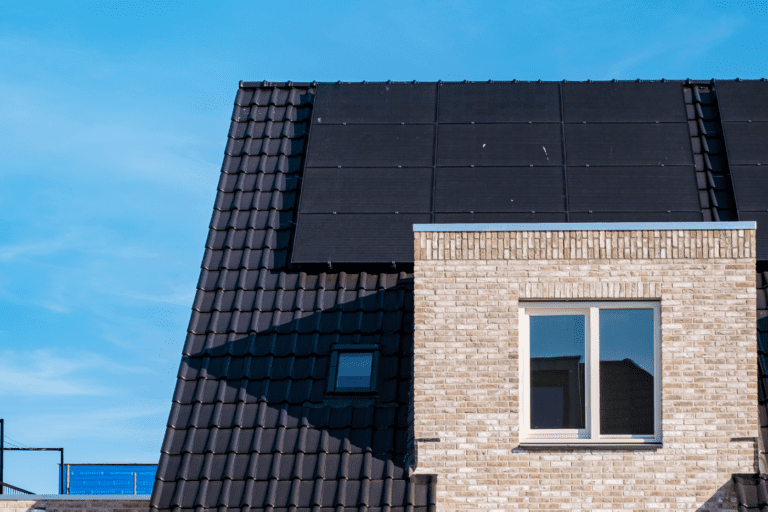If you’ve ever wondered whether linen truly lives up to its sustainable image, you’re not alone.
With so much information out there, it’s easy to feel overwhelmed or unsure about what to believe. You might be questioning whether linen is worth the investment, considering its potential drawbacks like wrinkling or initial stiffness.
But fear not! By diving into the pros and cons of linen fabric, we’ll navigate through any uncertainties together.
What is Linen?
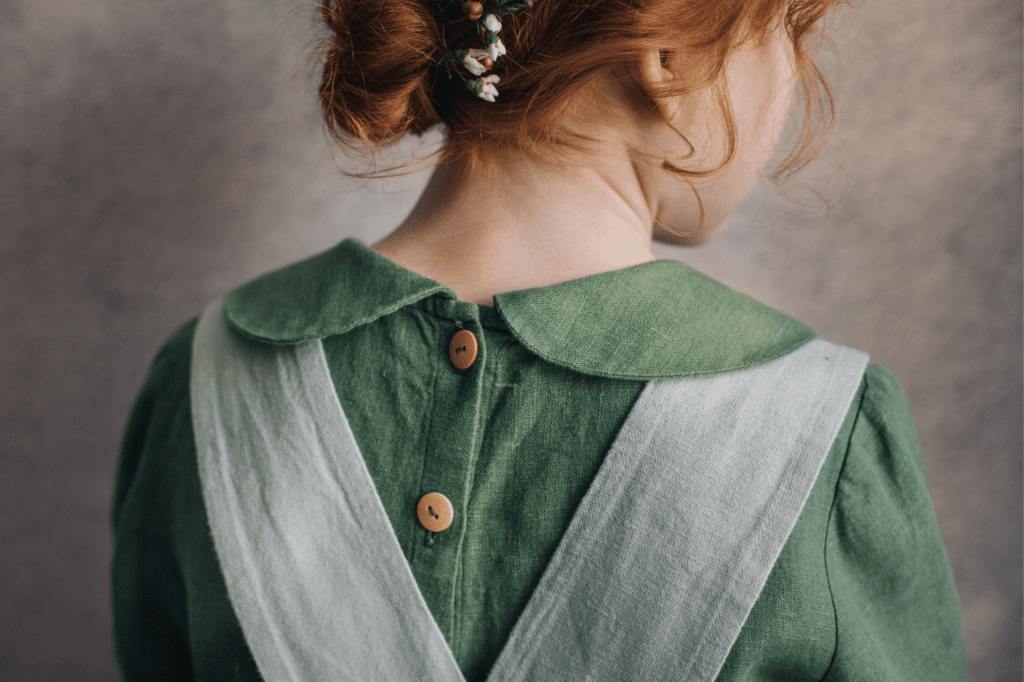
Linen is a fabric made from flax plant fibers. It’s pretty strong, feels good, and lets air pass through it easily, making it great for clothes, bedding, and other stuff around the house.
Plus, it’s a sustainable choice as it doesn’t need much water or pesticides to grow and can be thrown away without harming the environment.
For more in-depth information on linen, check out this article: What is Linen and How Sustainable is it?
Is Linen Fabric Sustainable?
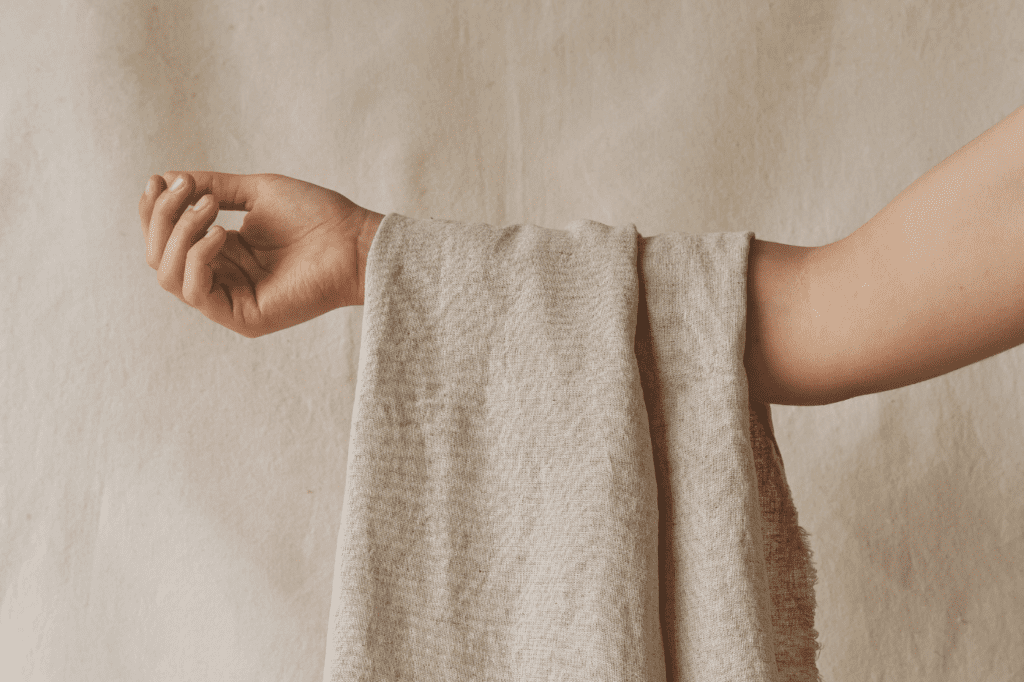
Absolutely! Linen is a sustainable choice for textiles, and here’s why:
- Flax Plant Efficiency: Flax, the source of linen fibers, is remarkably efficient. It needs minimal water and pesticides to grow compared to other crops like cotton, reducing environmental strain.
- Utilization of Flax Plant: Talk about zero waste! Nearly every part of the flax plant gets a job, from the fibers that become linen to the seeds that are pressed for oil or used in animal feed. It’s resourcefulness at its finest.
- Durability: Linen is tough as nails (but way softer). It can handle years of wear and tear without batting an eye, saving you from constantly replacing worn-out items and reducing your environmental footprint.
- Biodegradability: Unlike those pesky synthetic fabrics that stick around forever, linen is all about going with the flow. It naturally breaks down over time, leaving behind next to nothing in landfills.
So, next time you’re shopping for clothes or sprucing up your home, give linen a chance. Not only does it bring a touch of luxury to your life, but it also lets you make a positive impact on the planet. Win-win!
What are the Pros and Cons of Linen?
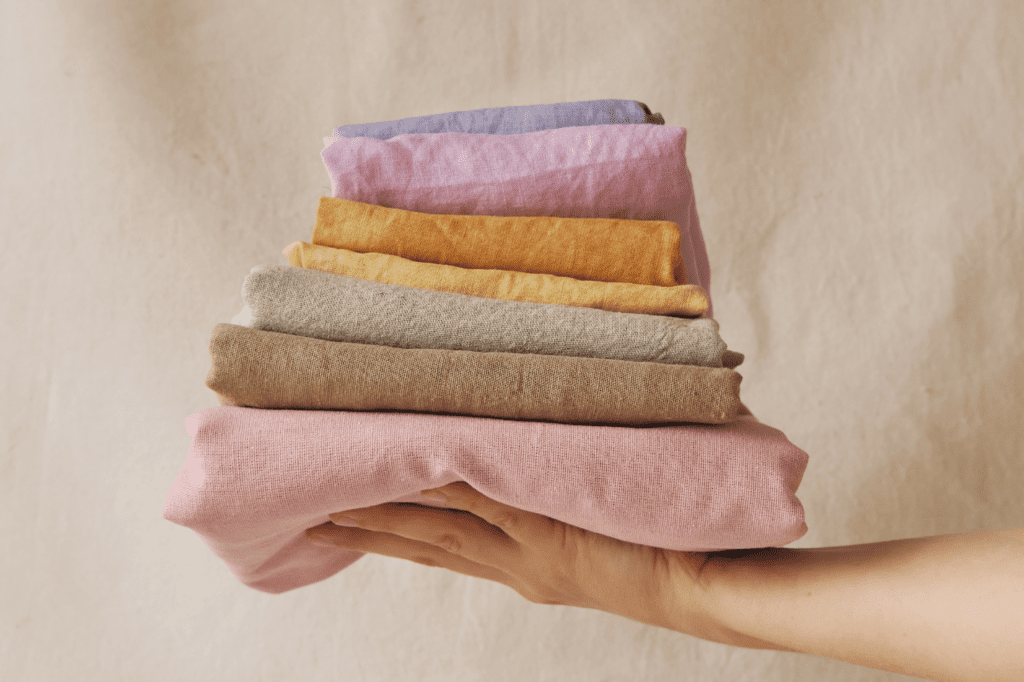
Linen, like any fabric, comes with its own set of advantages and disadvantages. Let’s take a closer look:
Pros of Linen
- Natural Fiber: Linen is made from the fibers of the flax plant, making it a natural and eco-friendly choice for textiles.
- Breathability: Linen fabric is highly breathable, making it ideal for warm-weather clothing and bedding.
- Durability: Linen is tough stuff. It can withstand years of use and multiple washes without losing its quality, making it a long-lasting investment.
- Moisture-Wicking: Say goodbye to sweaty situations! Linen has excellent moisture-wicking properties, keeping you cool and dry in humid conditions.
- Biodegradability: When its time is up, linen gracefully bows out by biodegrading, leaving behind minimal environmental impact.
- Versatility: Linen is incredibly versatile, suitable for a wide range of applications including clothing, bedding, tablecloths, and upholstery.
- Hypoallergenic: It’s a breath of fresh air for sensitive skin! Linen is naturally hypoallergenic, making it a great choice for those with allergies or skin sensitivities.
- Temperature Regulation: Linen is a master of thermoregulation, keeping you cool in the summer and warm in the winter, thanks to its insulating properties.
- Low Environmental Impact: From cultivation to disposal, linen leaves a small ecological footprint compared to many synthetic fabrics, making it a more sustainable choice.
- Timeless Aesthetic: Linen exudes an understated elegance and timeless charm, adding a touch of sophistication to any setting.
Cons of Linen
- Wrinkling: Linen tends to wrinkle easily, which can be a hassle for those who prefer a crisp, smooth look.
- Shrinkage: Like many natural fibers, linen can shrink when exposed to heat, so extra care is needed during laundering.
- Initial Stiffness: New linen garments or linens may feel stiff at first but soften with each wash and wear.
- Cost: Quality linen products can be pricier compared to synthetic alternatives, although the durability and longevity of linen often justify the investment.
Overall, while linen may have a few quirks, its numerous benefits make it a popular choice for those seeking comfort, sustainability, and timeless style.
Takeaway
As we conclude our exploration of linen fabric’s sustainability and its intriguing pros and cons, one thing becomes abundantly clear: linen is a champion of eco-friendly fashion and home textiles.
From its minimal environmental footprint to its timeless elegance, linen has earned its place as a sustainable superstar in the textile world.
So, here’s our call to action: consider incorporating more linen into your wardrobe and home. Whether it’s a breezy linen shirt for summer days or soft, inviting linen sheets for your bed, each choice you make contributes to a more sustainable future.
For a curated selection of sustainable linen clothing brands, check out The 5 Best Sustainable Linen Clothing Brands.
